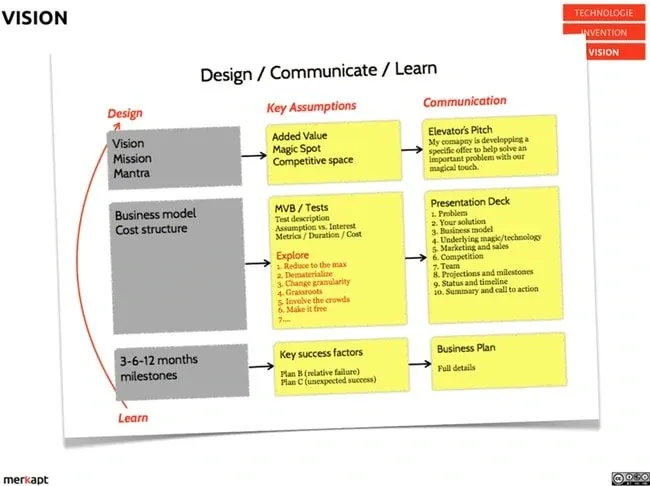September is a special time for me. Essentially, on top of my usual work with startups and large corporations, I’m teaching innovation and business strategy for different Master classes. To say that I’m a bit busy is a gentle understatement, but what can I say, I love that. These last weeks I have parked a few ideas for new posts on the blog. But before I can find some time to explore them further and share them with you, let me just share something that I posted on Quora a few weeks ago, where a question was asked on the business model canvas.
I’ve started to explain why I like this tool, but also why I find it lacking in many ways. The answer I brought to question asked, further explains part of my perspective…
How do you incorporate nailing the “Problem” and “Solution” into the business model canvas?
In a startup, hypothesizing the customer pain and then validating the pain is a critical step. Doing the same for the solution is also important. However, I don’t see either a “pain” building block or a “solution” building block on the canvas. Where/how do you incorporate these into the model?
I wouldn’t try to squeeze everything in the description of the business model.
Essentially the numerous tools that help you describe a BM, such as the excellent “canvas”, should explain synthetically how you logically connect your value offer to customers segments, using a product portfolio and gaining revenues (not only money) along the way.
The business model is not the alpha and the omega. It serves a purpose: understanding, explaining and challenging your business scenario. If you go down that that road you will end up trying to squeeze strategic positioning in regard to competitors. And I wouldn’t do that.
As far as I’m concerned the BM is a central piece of business design. Above it, you need to state your strategic vision and intent. Check “The Discipline of Market Leaders” from Michael Treacy et Fred Wiersema on that point. Then, wrap your BM as a mission statement (mantras and taglines as extra communication features), and when/if your life depends on it… end up by writing a business plan.
The problem formulation should mirror your value offer proposition, which is the solution. But you don’t have to explain the problem in the BM. You will when you communicate and pitch. The pain points are detailed when you describe your key assumptions and formulate your added value, picture it in a magic quadrant, and explain in details your competitive space by benchmarking the pain points solutions that you deliver (your value offer) vs. competition.
You’ll find here a more clear picture of what I mean, and how the design / learning / communicating perspectives connect together, in the way I see things:

As an important side note, the “explore” part in red, being business innovation methodologies to push the envelope!
So essentially, don’t try to do everything with your BM or you will obfuscate it. It should stay a simple, elegant explanation that fits on a napkin. Step back and connect the other tools.
The answer is consistent with what I believe the BM canvas is: a fantastic tool to draft your business model, but also something that doesn’t go to the finish line. And I see many startups – or full frown businesses for that matter – too lazy to finish the work.
Wake up: there’s no method that you will be able to apply blindfolded.
